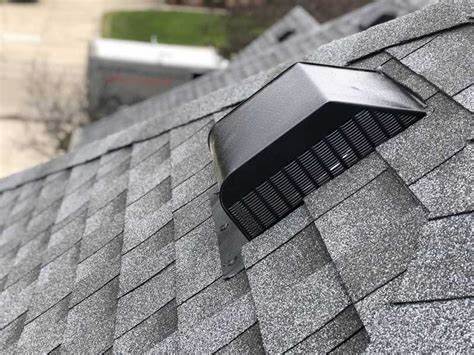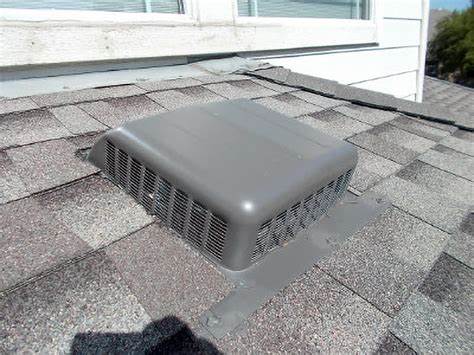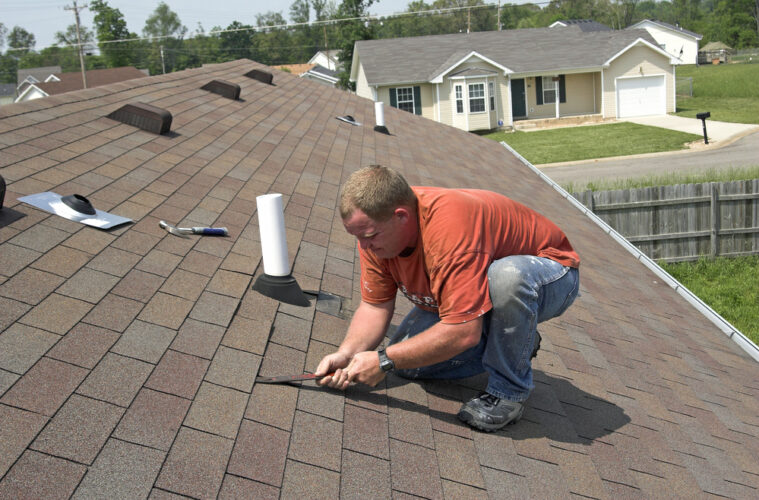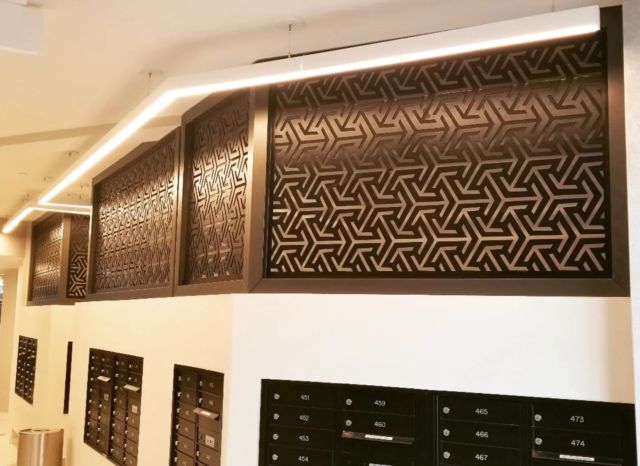When it comes to replacing a roof, proper ventilation is essential. Not only does it protect your home from damage caused by trapped moisture, but it can also help extend the life of your new roof. The key to getting the best possible return on your investment is knowing how to ventilate your roof properly during a replacement.
In this article, we’ll explain why proper ventilation matters when replacing a roof and provide tips on how to get it right.
Roof Replacement: Benefits of Proper Ventilation

source: pinterest.com
You cannot overstate the benefits of proper ventilation during a roof replacement. Properly ventilating your home not only helps to protect the longevity and integrity of your new roof, but it can also help prevent costly damage from trapped moisture. As a result, warm air from inside the home does not become trapped in the attic, resulting in high humidity and condensation levels.
Additionally, proper ventilation aids in regulating temperatures within the home by releasing hot air from the attic and drawing cooler outside air into living spaces. In addition to keeping your home comfortable year-round, properly ventilating an attic room helps reduce energy bills as well.
Heat trapped in unventilated ceilings can overwork your air conditioning to maintain a comfortable temperature. The excess energy usage translates into higher bills each month. Furthermore, ventilation reduces mold and mildew growth in attics which can be damaging to both the home itself and its occupants.
Not only does proper ventilation help protect the home, but it can also dramatically extend the lifespan of your roof. When air cannot circulate in an attic space, it can cause excess moisture buildup, leading to premature deterioration of the roof’s structure and components. It can cause shingles to curl or warp due to trapped heat and humidity, resulting in costly damage.
Furthermore, poor ventilation can contribute to ice damming – a common problem during cold weather when melting snow refreezes at the roof’s edge and causes water to back up under shingles.
Different Types of Ventilation
The most common types of roof ventilation systems include ridge vents, soffit vents, gable vents, and turbine vents.
Ridge vents

source: pinterest.com
These are located along the roof’s peak and allow air to flow freely through them to escape from the attic. They should be at least every 3 feet along the entire length of the ridge line to ensure adequate airflow.
Ridge vents are generally the most efficient ventilation system, providing continuous airflow along the entire roof. They can also be installed easily without taking up too much space, but one downside is requiring an extra layer of shingles.
Soffit vents
These are typically found beneath overhanging eaves or near a gable end wall. They help draw outside air through the attic space while providing additional support for exhaust fans.
Soffit vents provide good airflow and cost-effectiveness but may only be suitable for some roofs or climates due to their location at the eaves.
Gable vents
These are usually situated on exterior walls near the roofline and can be used with other vents to help circulate air more quickly.
Gable vents are easy to install and aesthetically pleasing but do not move as much air as other systems.
Turbine vents

source: pinterest.com
The popular vent uses wind power to spin an internal fan, improving airflow within the attic.
Lastly, turbine vents provide a boosted level of ventilation with their spinning fan design. However, they can be more expensive and prone to malfunction in windy conditions.
Factors Affecting the Installation of Ventilation
The amount of ventilation needed for a roof replacement, as well as the type of ventilation system, is determined by several factors, including:
- The size and shape of the attic space
- Climate conditions in your area (warm/cold, wet/dry)
- Home insulation levels
- Amount or type of existing ventilation (if any)
- Roof pitch and overall design.
When replacing a roof, it’s important to consider several factors for attic ventilation. Homeowners should seek advice from a certified professional to ensure optimal airflow and energy efficiency. A properly ventilated home can lower energy bills, protect it from harm, and extend the life of a new roof.
Conclusion

source: pinterest.com
Proper ventilation helps keep temperatures comfortable inside the house. It reduces moisture buildup, which can lead to mold and mildew growth in attics – costly problems that can cause serious harm to your home and its occupants.
In addition, proper ventilation can significantly extend the lifespan of your new roof by protecting it from weather-related deterioration and ice damming. A properly ventilated roof will last many years with the right knowledge and professional installation.



